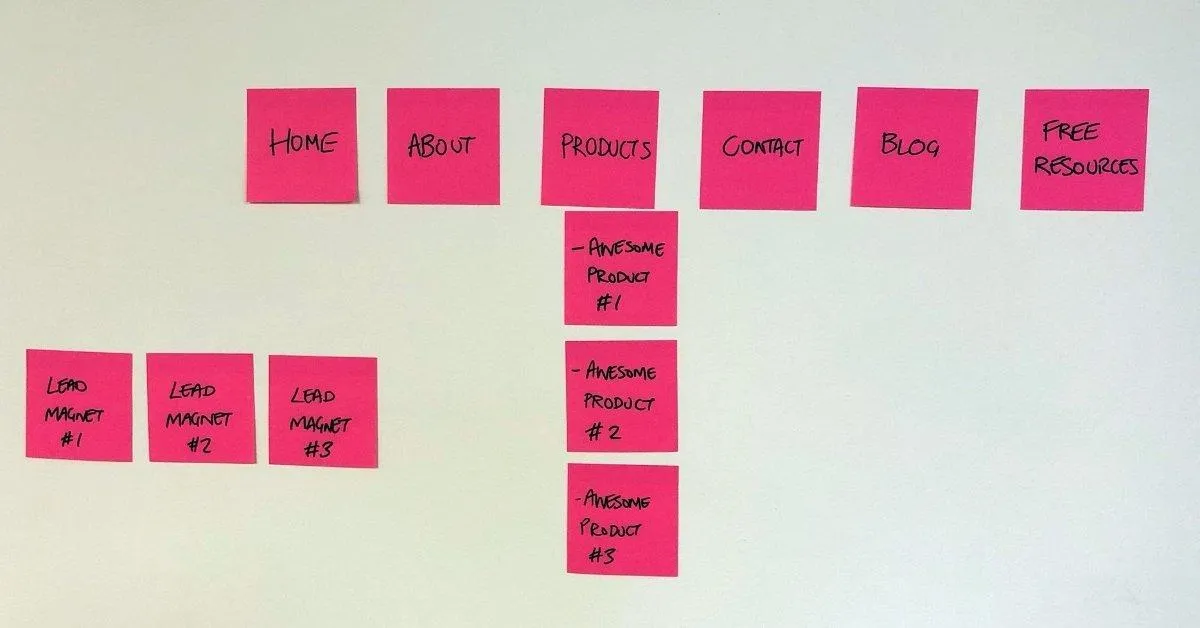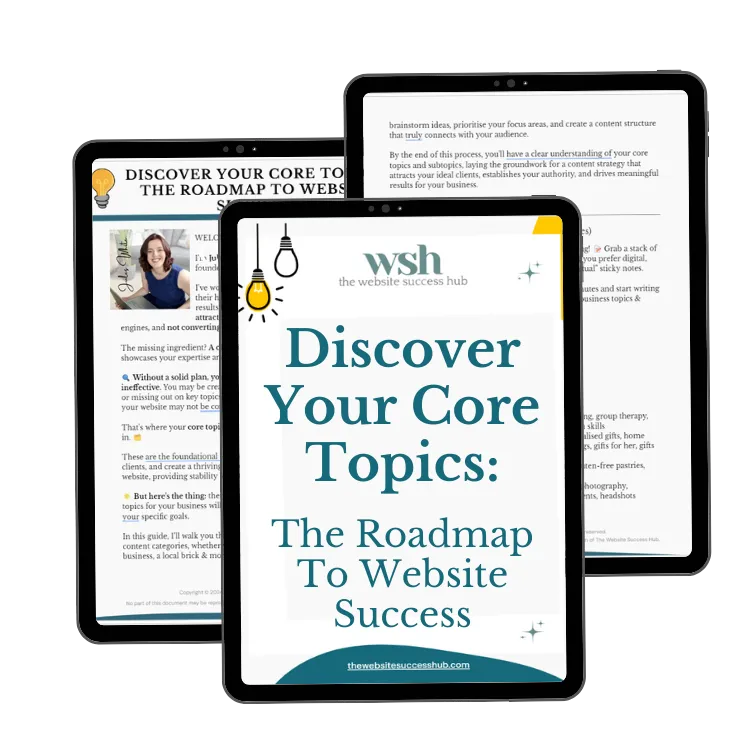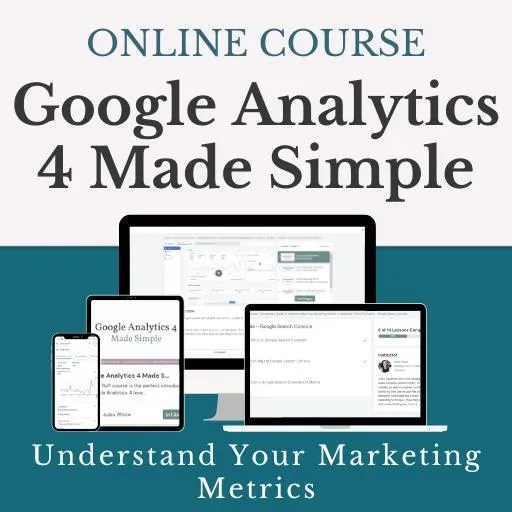Why Planning Your Website Will Lead to More Enquiries for Your Business
Written By Jude Wharton | Reviewed By Jules White | Published: 7th February 2025 | reading time: 4 minutes

"A little tip for creating content, leave the homepage until last."
Introduction
The purpose of a business website is to generate leads and sales while convincing potential customers that your business is right for them. If your website isn’t achieving this, it might be because it wasn’t well planned.
Key Takeaways:
Plan with Purpose to Attract the Right Audience:
A well-planned website ensures you attract the right visitors and guide them toward taking action, whether that’s booking a call, making a purchase, or joining your email list.
Create a Seamless User Experience:
A structured website makes it easy for visitors to navigate, find the information they need, and take action—building trust and increasing conversions.
Use Strategic Elements to Boost Engagemen:
Incorporating clear calls to action, testimonials, and engaging content tailored to your audience’s needs can significantly increase enquiries and leads for your business.
Why is Planning a Website so Important?
There are a few key benefits to planning your website.
You identify who you want to attract and create content that speaks directly to them, encouraging them to work with you or make a purchase.
You clarify your website’s purpose and goals, ensuring every page is designed to guide visitors toward a specific action—whether that’s buying a product, booking a call, or joining your email list.
You improve the user experience (UX) by making sure visitors can easily find the information they need, navigate your site smoothly, and get a great first impression of your business.
You make it easier to add new content over time, ensuring updates feel intentional and add value rather than like an afterthought.
You increase your website’s effectiveness as a marketing tool, making it more likely to generate leads and sales consistently.
What’s the Best Way to Plan a Website?
There are a few key steps Jude follows when helping people plan a website:
1️⃣ Define Your Website’s Purpose
First, decide what you want your website to achieve and what action you want visitors to take.
➡️ Example: If your goal is to attract more one-to-one clients, your primary call to action might be booking a free discovery call.
2️⃣ Map Out Your Website’s Structure
Once you’ve defined your purpose and call to action, the next step is to create a site map—a simple outline of the pages and content your website needs.
Keep your main menu simple. Try to limit it to no more than 8 pages to avoid overwhelming visitors.
Include standalone pages. Some pages, like lead magnet opt-ins, might not be in the menu but should still be considered in your planning.
Use a visual approach. You don’t need fancy tools—sticky notes and a blank wall or desk work great for mapping out your site!
Keep it simple like in the image below.

3️⃣ Plan Your Website’s Functionality and Design
Think about the features and integrations your website will need, such as:
A booking system for calls or appointment
Payment processing for products or services
A blog to publish valuable content
Branding and design elements to align with your business identity
4️⃣ Choose the Right Platform
Once you’ve planned everything out, research website platforms that fit your needs. Look for one that offers:
The right level of support
Affordable pricing
Flexibility to grow as your business evolves
What are the Key Things to Include on my Website to Get More Leads?
To maximise enquiries, make sure your website includes:
📌 Clear calls to action (CTAs). Every page should guide visitors toward the next step.
🆓 Low-commitment options. Not everyone is ready to book a call or buy immediately—offer a free resource or an option to subscribe to your blog or email list. Many subscribers will convert into customers over time!
📖 Compelling website content. Show that you understand your visitors’ needs and provide solutions.
💬 Social proof. Use testimonials or case studies to reinforce trust—let others speak to the value of your work.
❓ FAQs. Address common hesitations or objections so potential clients feel confident in working with you.
Need More Help to Plan Your Website?
If you need more guidance, Jude has some great resources to help:
📝 The Website Planning Checklist – Covers everything you need to consider when planning your website, plus an in-depth workbook for extra support.
📅 Website Planning Workshop – A hands-on session where we work through the workbook together, so you make real progress. No slides or info overload—just practical implementation.
📖 The Website Handbook – Ideal for those who love reading and diving deeper into website strategy.

About Jude Wharton:
Jude Wharton is one of the co-founders of Ready Steady Websites®, an off the shelf website and membership site template service. Jude and her business partner and husband, Chris launched Ready Steady Websites® in 2019 and they have been running a successful digital design company, 2nd Floor Designs Ltd since 2010.
Jude is also the co-author of The Website Handbook, providing expert guidance on website planning, design, and strategy.
Final Thoughts
By taking the time to strategically plan your website, you can turn it into a powerful tool for growing your business and attracting more enquiries.
Ready to start planning? Check out Jude’s resources today and set your website up for success! 🚀
Want more clients without the social media grind?
Join my free newsletter for simple website & SEO tips that help you get found.
CONNECT
© Copyright 2025 Built with FEA Create * | designed and developed by thewebsitesuccesshub.com
Based in Marston Moretaine, Bedfordshire - helping Women in Business worldwide







